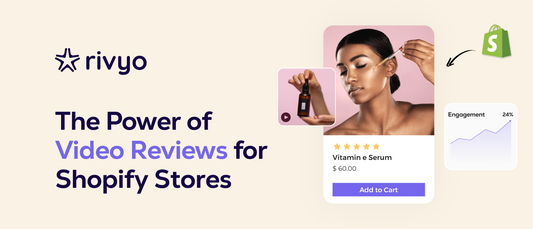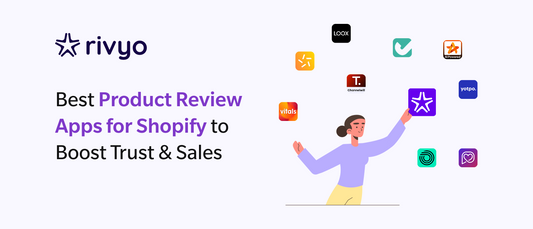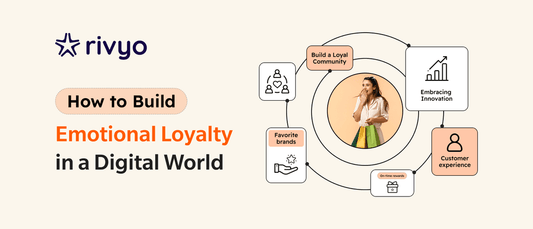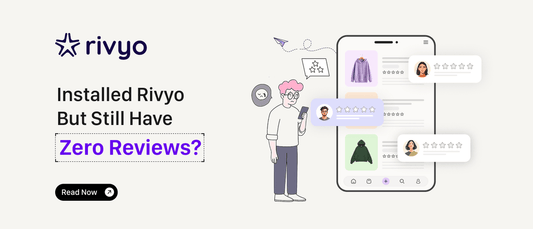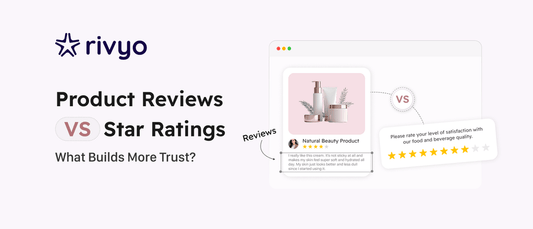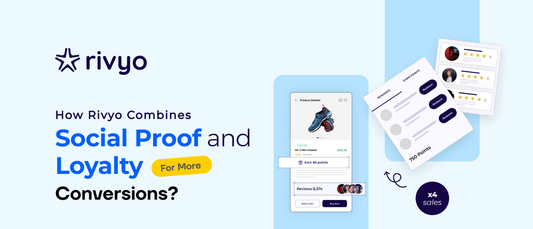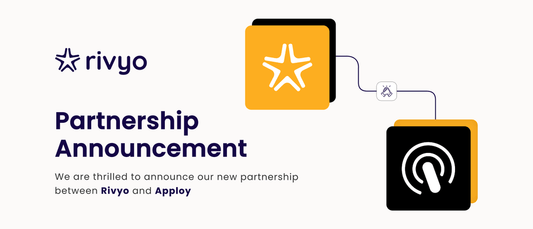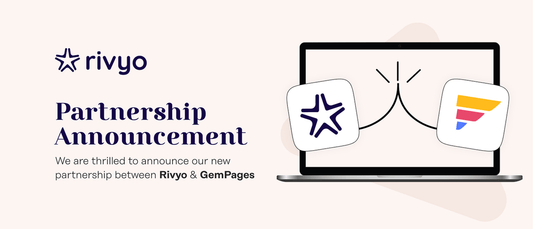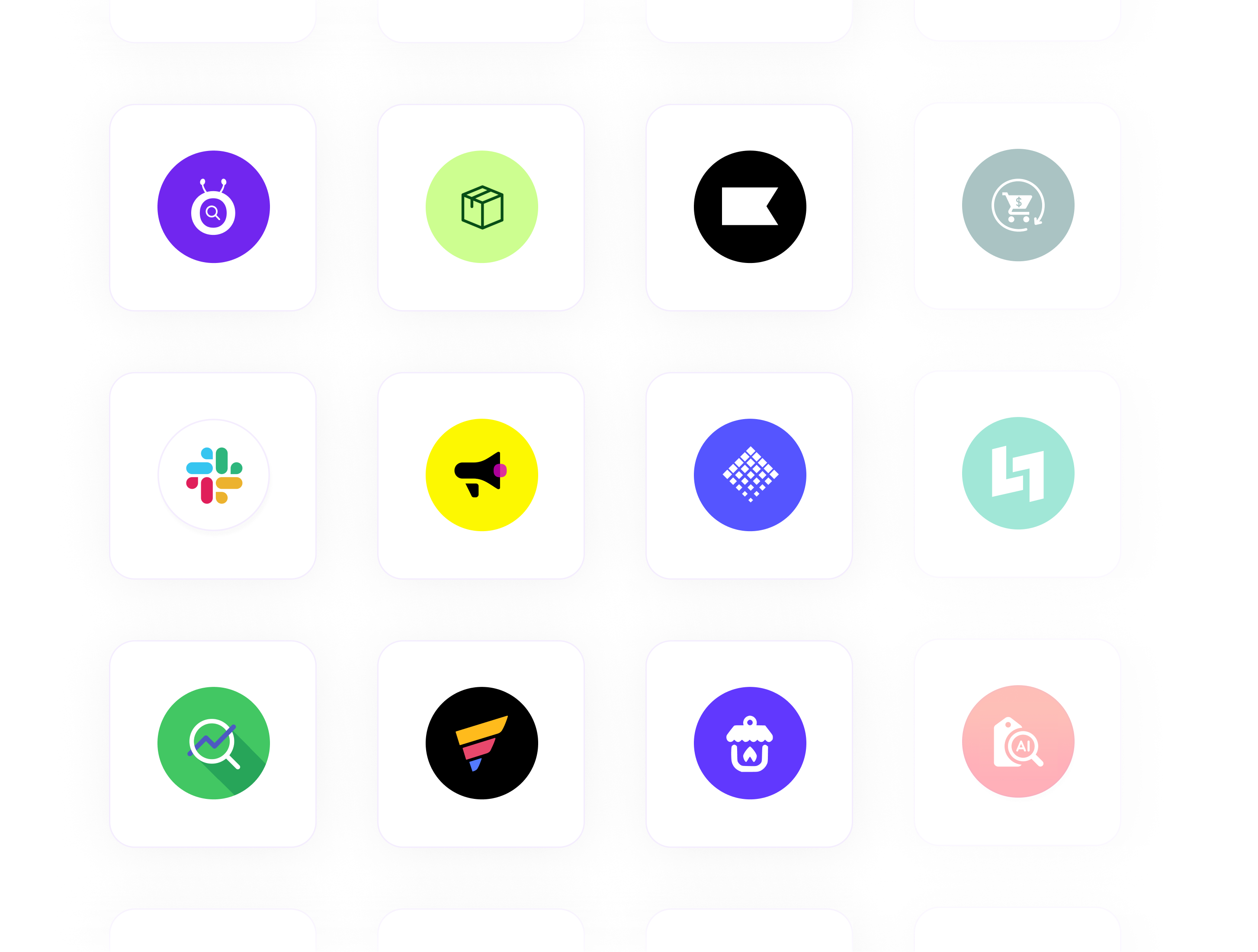5 Ways Loyalty Features Help You Increase Repeat Purchases
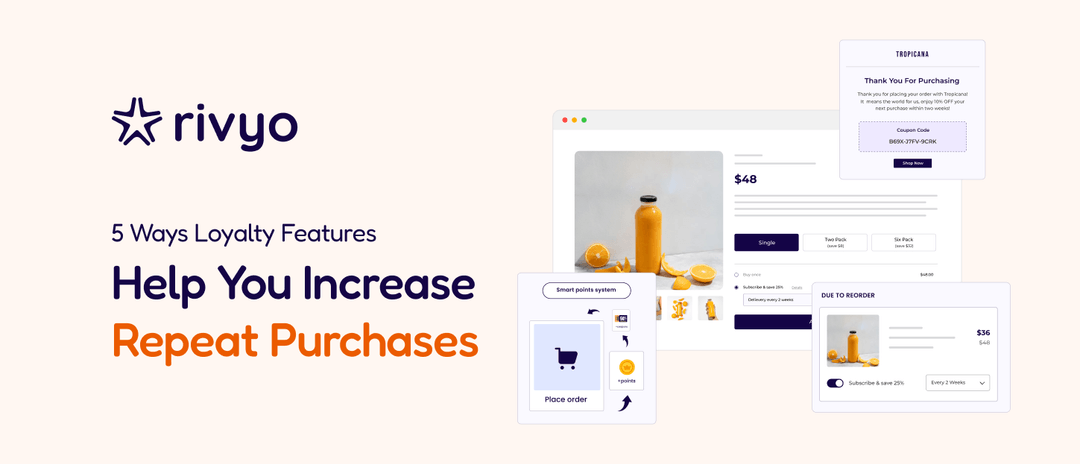
On this article
Share Article:
In a market overloaded with options and increasing client acquisition costs, repeat purchases are no longer an option; they are a need. Today's consumers are more aware, less patient, and more attracted to businesses that not only meet their demands but also reward loyalty. That is why top eCommerce and DTC businesses are moving their focus from short-term conversions to long-term connections.
Research by Bain & Company shows that increasing customer retention rates by just 5% increases profits by 25% to 95%.
A well-designed loyalty feature is more than just a rewards system, it's a strategic tool that taps into customer psychology, delivers personalized experiences, and builds emotional connections with your brand. According to industry data, returning customers spend up to 67% more than new ones, and brands with effective loyalty programs are 88% more profitable than those without.
In this article, we’ll explore five powerful ways a modern loyalty feature can transform one-time buyers into passionate brand advocates, and help you unlock sustainable growth through repeat purchases.
1. Reward Points: Driving the Habit Loop of Purchases
Loyalty points create an immediate incentive for customers to return. Whether it’s points earned from purchases, reviews, referrals, or social engagement, customers are more likely to repeat actions when they know there’s a reward waiting.
The Zeigarnik Effect suggests people are more likely to complete tasks they’ve started. Earning points starts a psychological loop that encourages users to return to redeem them.
Customers perceive added value even if the monetary value is small.
Best Practices:
- Reward actions beyond purchases (like sharing on social media or writing reviews).
- Display point balances prominently in the user dashboard or emails.
- Allow easy redemption with minimal friction (e.g., apply points automatically at checkout).
2. Tiered Programs: Encouraging Long-Term Engagement and Status Seeking
Tiered programs (e.g., Silver, Gold, Platinum) add a sense of exclusivity and progression. The more customers engage with your brand, the more rewards they unlock.
Humans are wired to chase progress. Tiers encourage higher spending to achieve the next level. Higher tiers make customers feel elite, increasing emotional attachment.
Best Practices:
- Clearly define tier benefits (e.g., free shipping, early product access, exclusive discounts).
- Use progress bars or milestone trackers to show how close they are to the next level.
- Provide VIP-only experiences or early access to sales.
3. Personalization: Creating Relevant and Irresistible Offers
A loyalty feature becomes exponentially more effective when it adapts to individual preferences. Personalizing rewards, communications, and offers makes customers feel valued, understood, and connected.
- Personalized rewards have higher redemption rates.
- Customers stay loyal to brands that “get them.”
Best Practices:
- Use purchase history and on-site behavior to recommend loyalty rewards.
- Send personalized emails like “You’ve earned 100 points and get 10% off your favorite product!”
- Offer birthday or anniversary bonuses.
4. Omnichannel Loyalty: Engaging Customers Everywhere They Go
Modern customers interact with your brand across multiple touchpoints mobile apps, websites, physical stores, social media. An effective loyalty program follows them seamlessly across channels.
Customers want a connected experience, not fragmented systems. Omnichannel loyalty ensures that no matter where they engage, they see the value of staying with your brand.
Best Practices:
- Let customers check point balances or redeem rewards on mobile, web, or in-store.
- Integrate loyalty features into push notifications, emails, and SMS campaigns.
- Track customer behavior across devices to optimize personalized rewards.
5. Feedback and Reviews: Rewarding Engagement Beyond the Purchase
Loyalty isn’t just about buying, it's about engaging with your brand ecosystem. One of the most powerful post-purchase actions is leaving a review. When customers are rewarded for sharing their thoughts, they become active participants in your brand story.
Reviews drive conversions for new buyers. Reviewing makes customers reflect positively on their experience.
Best Practices:
- Offer points for verified product reviews.
- Combine review requests with loyalty email reminders.
- Gamify UGC collection with leaderboards or badges.
Ready to Turn Shoppers into Lifelong Customers?
Rivyo’s Loyalty Feature is easy to set up, fully automated, and proven to drive repeat sales.
Try Rivyo’s LoyaltyFinal Thoughts
In a world where brands fight for attention with flashy ads and limited-time discounts, loyalty is the quiet superpower that builds empires.
It’s what turns a curious shopper into a repeat customer, and a repeat customer into a lifelong advocate. More than points or perks, loyalty is about recognition, reward, and relationship. And the brands that master it? They don’t just sell more, they matter more.
Whether you’re running a growing Shopify store or scaling a DTC brand, your next sale doesn’t have to come from someone new. It can come from someone who already loves you, if you give them a reason to return.
With the right loyalty features in place, you’re not just offering a discount. You’re building a journey. One that’s personal, purposeful, and powerful enough to keep your customers coming back, not because they have to, but because they want to.
Invest in loyalty, and your customers will invest in you.
Frequently Asked Questions (FAQs)
1. What is a loyalty feature and how does it work?
Ans: A loyalty feature is a system within your store or app that rewards customers for engaging with your brand, whether by making purchases, referring friends, writing reviews, or other actions. Over time, customers accumulate points or reach new tiers, which they can redeem for discounts, free products, or exclusive perks. This encourages them to return and engage more frequently.
2. How do loyalty programs actually increase repeat purchases?
Ans: Loyalty programs work by creating a sense of ongoing value. When customers earn points or unlock rewards, they are more likely to return and make another purchase. The psychology behind this includes habit formation, goal-setting motivation (through tiers), and the desire for recognition or exclusivity.
3. Do loyalty programs only work for big brands?
Ans: Not at all. In fact, loyalty programs can be even more impactful for small and mid-sized businesses. Smaller brands can offer more personalized, community-focused rewards that big brands often overlook. Plus, loyalty features help SMBs compete without constantly relying on paid ads or discounts.
Rivyo Product Reviews

Try Rivyo or Book a Demo
Boost trust and sales by showcasing authentic product reviews on your Shopify store with Rivyo.




